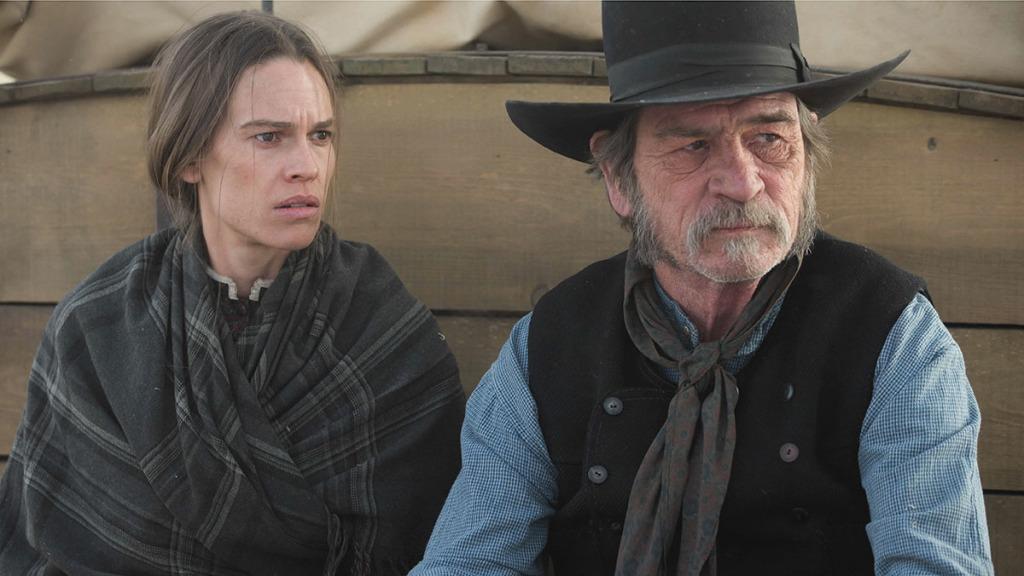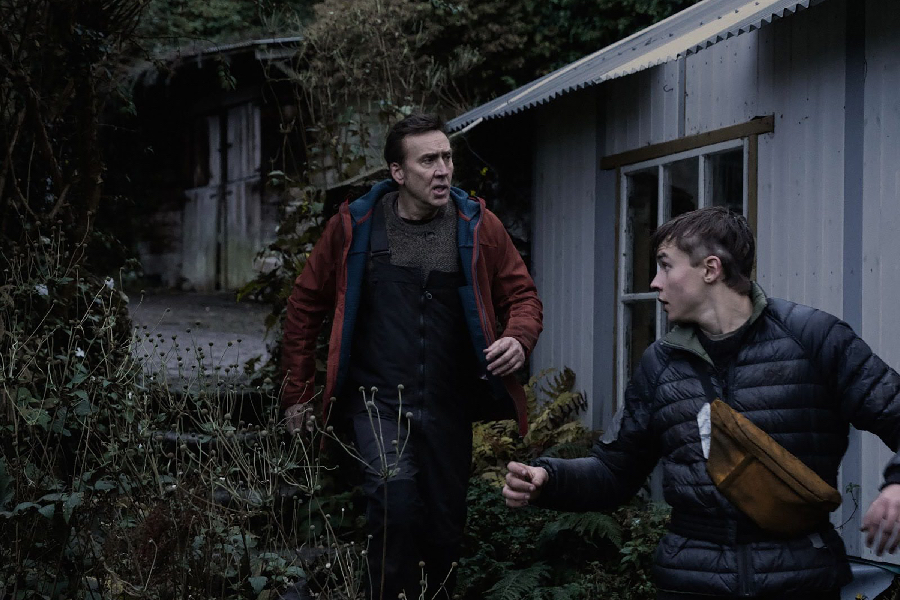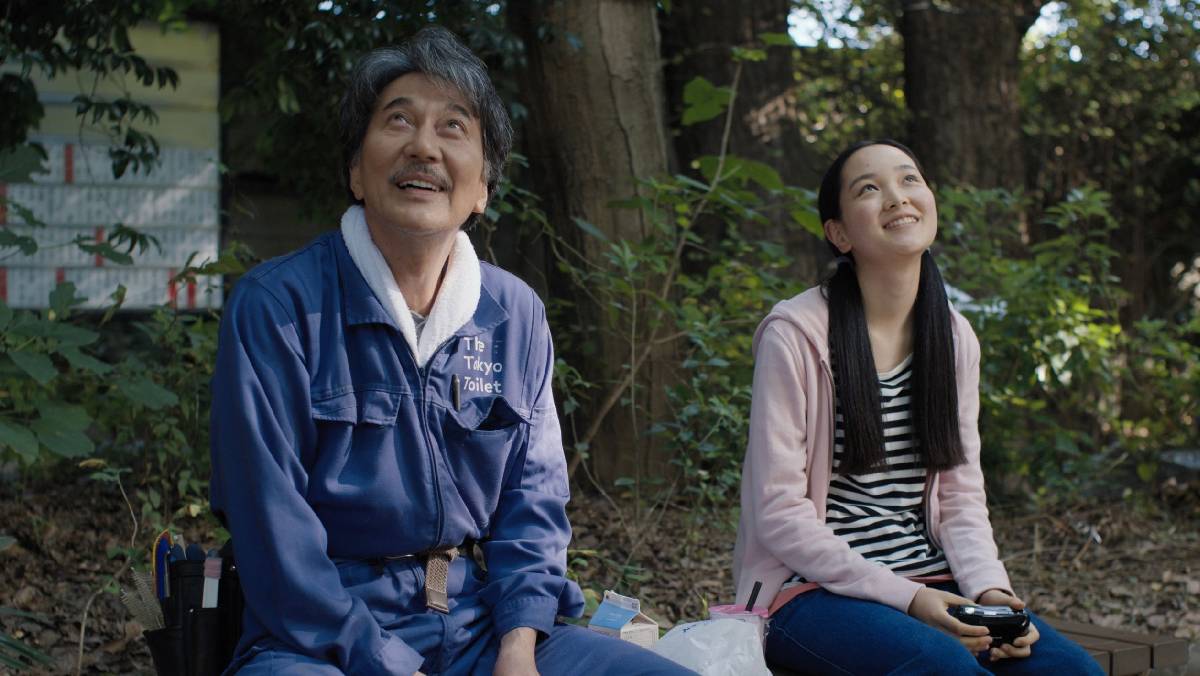America isn’t always the land of opportunity. Simply rewind the clock back to the 1850s and take a gander at the horizonless stretches of dry land known as the Midwest. In the small farmer’s town of Loup City, Nebraska, lives the unmarried Mary Bee Cuddy (Hilary Swank), a teacher-turned-farmer from the East. She is a well-respected member of the town with a better house and crop yield than others, as well as a range of skills in the homestead. Despite her independence and wherewithal, she lives with the somberness of seclusion from being constantly rejected by potential husbands who see her as more of a man than a woman.
As such, when winter, disease and dysfunction claim the sanity of three struggling women, Arabella Sours (Grace Gummer), Gro Svendsen (Sonja Richter) and Theoline Belknapp (Miranda Otto), Cuddy shows empathy and offers to escort the three poor souls to a church for the mentally ill in Iowa. Along the road, Cuddy spots an old-timey claim jumper, George Briggs (Tommy Lee Jones), who is about to be hanged when Cuddy saves him and uses the promise of a $300 reward at their journey’s end to persuade him to join her as a homesman.
Jones serves as director, producer and titular character in “The Homesman,” based on Glendon Swarthout’s novel of the same name. Coming eight years after Jones’ neo-Western directorial debut, “Three Burials of Melquiades Estrada,” the film spurs off in the opposite direction, pitting Briggs and Cuddy against the merciless spirit of the Midwest. In a rattling wooden caravan against a haunting backdrop of raw flatlands and a bone-chilling windy score by Marco Beltrami, the two are at odds with each other and with the world. Not only do brutal elements and bands of raiders and thieves dog Briggs and Cuddy in many scenes, but the burden of transporting the three women gives them three flavors of mental illness to contend with: Sours’ spaced-out dreariness, Belknapp’s incoherent gibbering and Svendsen’s self-destructiveness.
Swank offers an excellent and penetrating performance as Cuddy, who defies gender stereotypes of 19th-century women. She is a headstrong and iron-willed breadwinner with a longing sentimentality, trying to find where she belongs on a frontier with more ancient views on women. Because of this inner fight between self-reliance and alienation, the audience is given moments that show her desperate attempts at finding a soulmate, exposing her true hidden frailty and loneliness.
Briggs’ character does a decent job of adding a surly lone-wolf outlook on the world to Cuddy’s chastity and innocence, often bringing ambiguity to the film’s dark undertone. Though Briggs is a gambling drunkard, a grave defiler and a cold-blooded gunman with the years having worn him down, he isn’t without fragments of hope and remorse. On occasion he happily dances around to lighten the dead mood, and he uses his life experience to help out when he and Cuddy are confronted with danger.
Much of the ensemble cast of “The Homesman,” from James Spader as the well-dressed hotel owner Aloysius Duffy to Meryl Streep as the reverend’s wife, satisfy the traditional Western-character requirements and have good chemistry with Swank, Jones and the three insane women. Sadly though, they do little more than complement the main characters in a generic way. Jones reserves the unique anti-Western aspects of the film for the interactions between the five principal actors. As a result, it can be argued that the rest of the roles fall prey to stereotypes, not allowing the audience to artistically interpret the scenes that feature the minor characters.
Most likely, “The Homesman” will be remembered as a competent second-directorial effort by Jones with a bleak reverse look on the American Midwest. The combination of performances and panoramic despair paint an uncommon picture of 1850s life on the plains, separating the film from the more common Western genre.



















